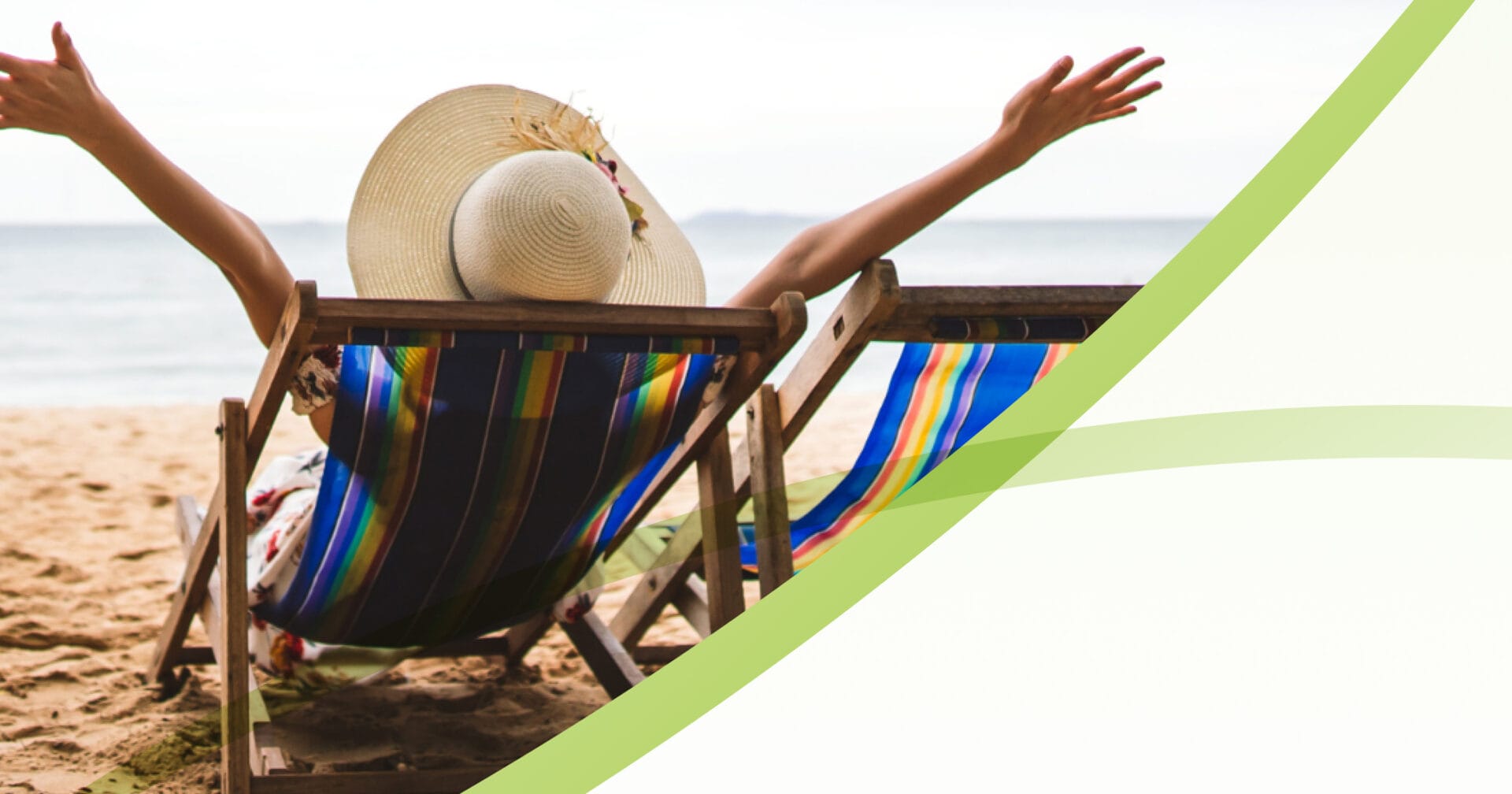In the UK there was an estimated 1.7 million casual workers in 2019 according to the Office of National Statistics–and we can assume that number has grown since then given the way people work has changed massively since the pandemic. But if you’re one of these casual workers, working out your entitlements can be a little bit tricky as many sources only account for full-time employment. So, let’s take a look at holiday pay for casual workers!
What is casual working?
A casual worker is often defined as someone with a flexible or irregular work arrangement, including those without guaranteed hours or a fixed schedule. They are typically hired for short-term or fluctuating business needs, and their employment rights and benefits are more limited compared to employees. Casual work can include zero-hour contracts, seasonal or temporary jobs, agency work, freelance or gig work.
Are casual workers entitled to holiday pay?
Yes, casual workers in the UK are entitled to holiday pay just like any other employee if they are employed by a company. However, how much they’re entitled to may differ based on their contract and the hours they work with the business. Freelancers are not entitled to holiday pay if they’re self-employed.
Casual workers are entitled to 5.6 weeks of paid holiday per year, pro-rated based on their hours worked. Employers must keep accurate records and provide the correct amount of holiday pay.
How to calculate holiday entitlement for casual workers
Working out a casual workers entitlement depends on their contract type.
Temporary contracts holiday entitlement:
You’ll need the following information to calculate a temporary worker’s holiday entitlement:
- Their employment start date
- Their employment end date
- How many hours they work
To figure out how much holiday time a worker gets, use the dates they started and ended their job—don’t look at how many days they worked—this shows how long their contract lasted. If they haven’t worked a full year, just start the holiday year from when they began. You then need to calculate the allowance based on working full time or part time across the months they worked for the company.
For example: If someone starts on the 1st January and their contract ends on the 1st March and worked full time hours they’d be entitled to 1 third of the annual holiday allowance.
Their holiday allowance is what they’d take if they were a full-time employee, including any bank holidays. This means 28 days as a statutory minimum. If they’re part-time, you’ll need to pro-rata their hours.
Zero hour contracts holiday entitlement:
To get the calculation for a zero hour contract you’ll need to look at employees last 52 working weeks (you can go as far back as 104 weeks to find their working weeks). The calculation for working out a zero hour contracts holiday entitlement is:
Hours worked over 52 working weeks divided by 52 = Average hours worked
5.6 weeks x average hours worked = holiday entitlement.
So, example would be:
208 hours worked over 52 weeks / 52 = 4 hours average
5.6 x 4 = 22.4 hours of entitlement inclusive of bank holidays.
Paying out holiday pay
If your casual worker doesn’t use their holiday entitlement during the length of their contract, then their holiday pay needs to be paid out to them at the end of the contract.

HR & Employment Law Guide
If you’re looking for help understanding holiday entitlements for your workers, check out our HR & employment law guide
Download your buyers guide


